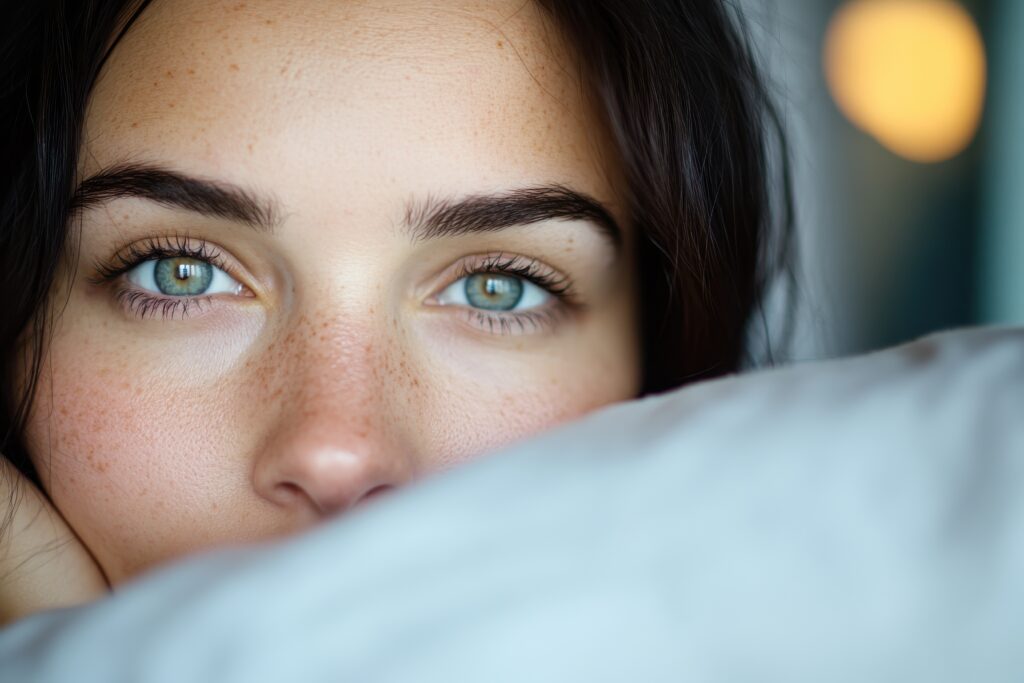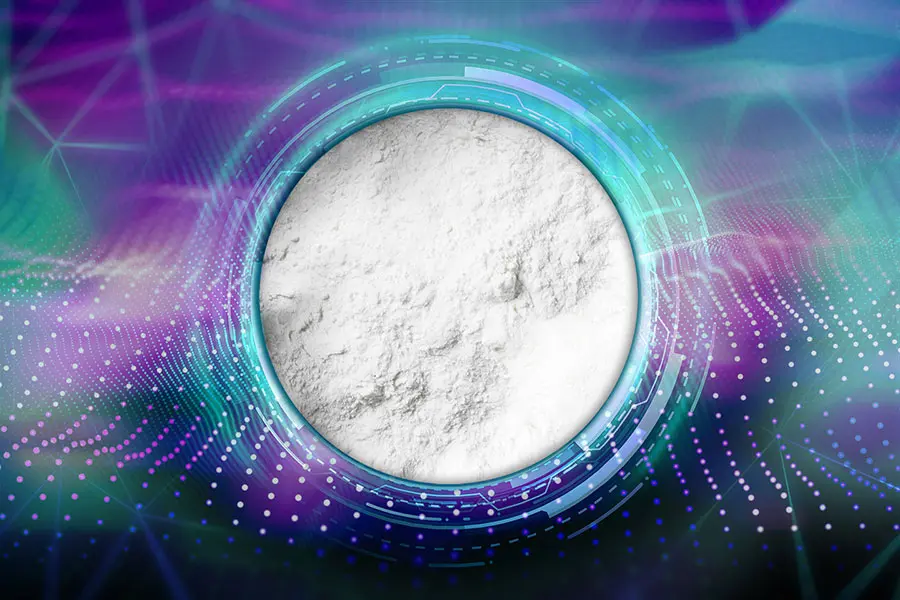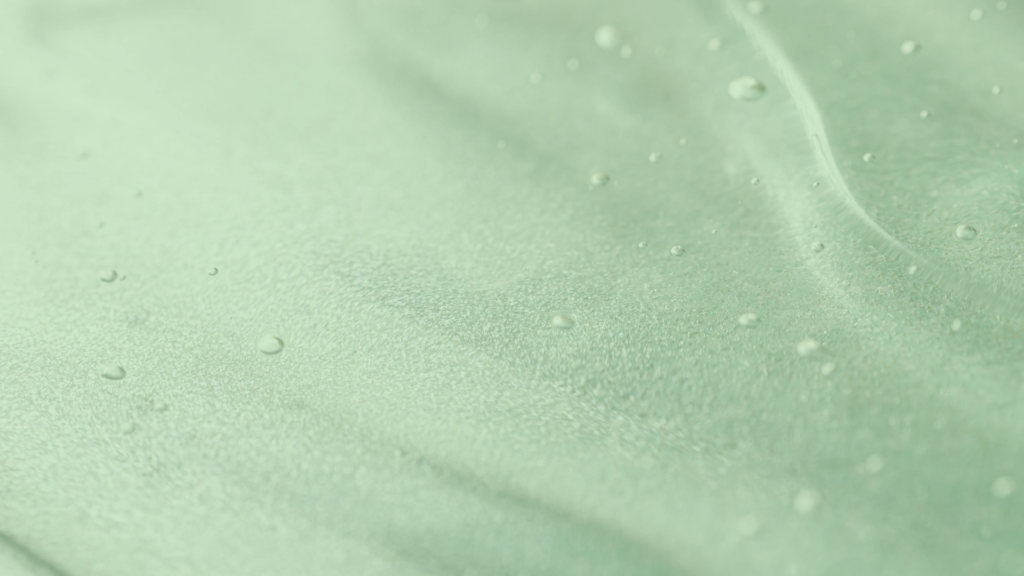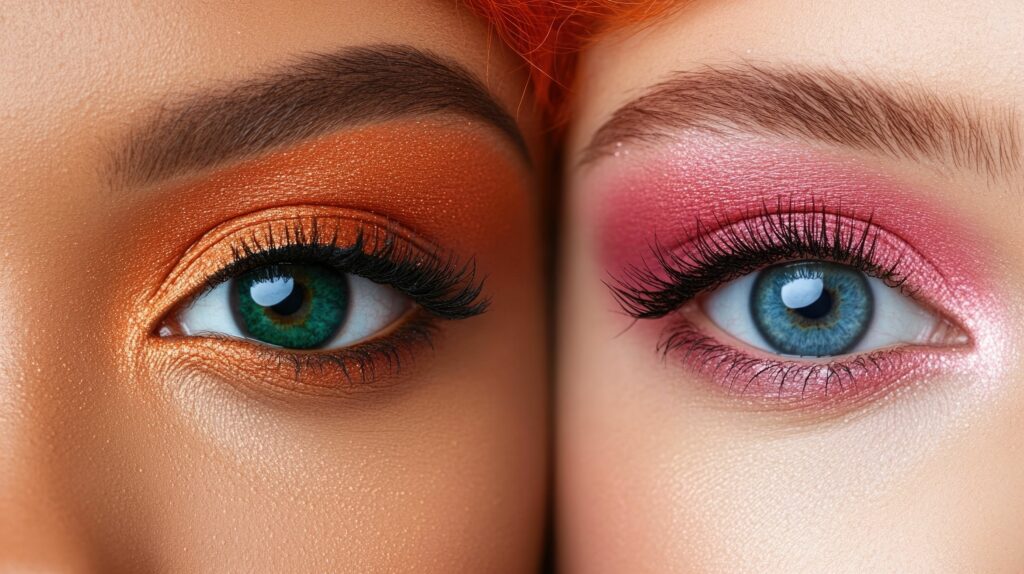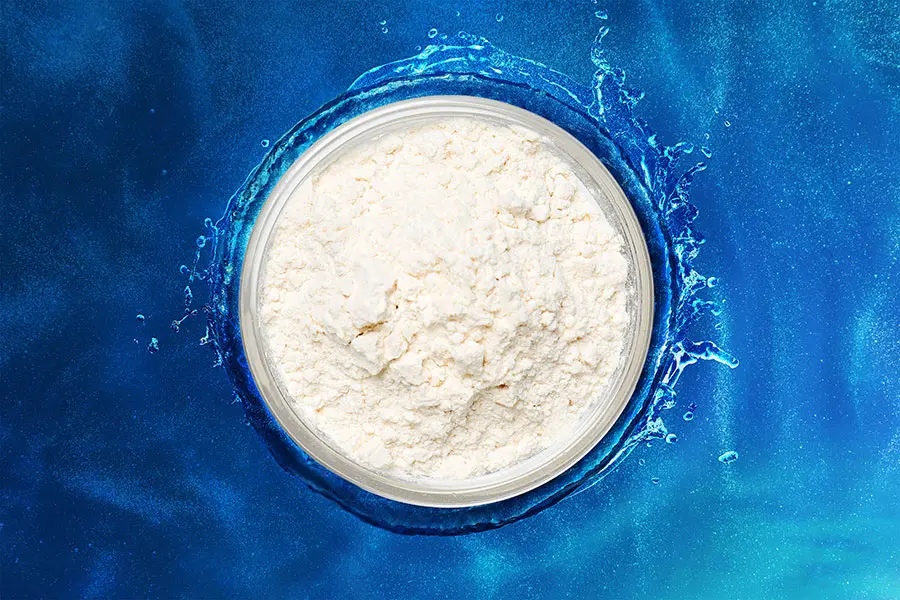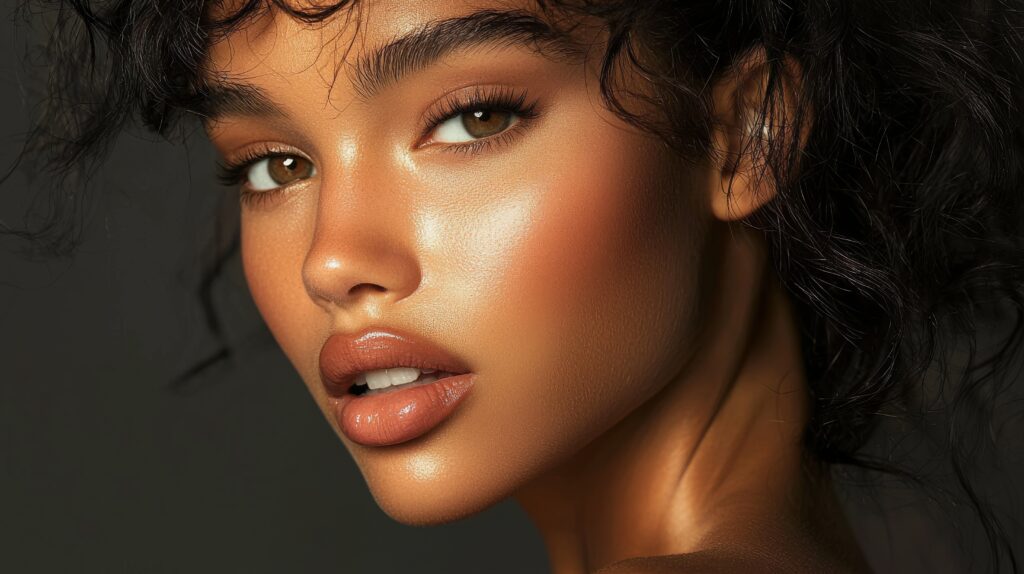Plastic beads like Nylon 12 and PMMA, microplastics, and nanomaterials are frequently used as fillers and exfoliants in cosmetics and personal care products. However, they are being phased out for safety and environmental reasons, leaving formulators to find effective alternatives. Microspherical silica is a safer additive as it is harmless to both the environment and the human body.
Why the Need for New Fillers?
Fillers help adjust the properties of cosmetic and skin care products by adding bulk, volume, texture and sensorial properties. For example, fillers can add texture to face powders and give exfoliating properties to cleansers.
With greater awareness of product safety and sustainability in the world, the cosmetic industry is reducing the use of plastic microbeads to demonstrate its social responsibility. Evidence has shown that plastic beads can kill marine life and bring harmful chemicals to the food chain. In addition, laws such as the Microbead-Free Waters Act of 2015, ban the manufacture, packaging, and distribution of rinse-off cosmetics with plastic microbeads.
Microspherical silica is growing in popularity as a replacement for hazardous plastic beads as a filler for cosmetic products. A naturally occurring and sustainable material derived from silicon dioxide, amorphous silica outperforms plastic beads in enhancing the performance of formulations without the risk.
AGC created a line of silica products branded SOLESPHERE™ that eliminate the problems associated with plastic beads while enhancing the performance of skincare and cosmetics. Here are 5 ways that silica is an ideal replacement for plastic beads:
1. Protect the environment
Though tiny – from about a hundredth of a millimeter to one millimeter in size– plastic beads can damage marine life, the environment, and human health. That’s because they don’t degrade or dissolve in water and wastewater treatment systems cannot capture them before entering the environment. When washed down the drain, plastic beads can enter lakes, rivers, and oceans – and remain there for thousands of years.
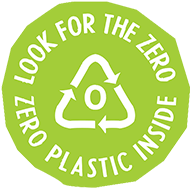
Once in the water, plastic particles can adsorb toxins that can transfer up the marine food chain. According to the Department of Agriculture, Water and the Environment in Australia, “These tiny plastics persist in the environment as they are almost impossible to remove. The best way to reduce their impact is to prevent them from entering the environment.” To date, 150 brands have earned the Look for the Zero logo for producing microplastic-free products. Since the beginning of the Beat the Microbead Campaign, 19 countries have initiated steps to ban microbeads.
AGC is helping cosmetic companies with safer alternatives to microbeads with its SOLESPHERE microspherical silica. Nonplastic, non-nanoparticle, and nonpetroleum, they are composed of silicon dioxide, a natural and sustainable material, which is certified for safety and sustainability. Using this silica, formulators can develop safer, high-performance cosmetic and skin care products.
2. Impart a smoother feel
Particle shape, size, and pore volume affect the feel of skincare formulations. Spherical particles provide a rolling effect called “slip,” which provides a silky, smooth texture that makes cosmetics easier to spread. The more spherical the shape, the better the slip and feel.
As SOLESPHERE silica possesses a near-perfect spherical shape, it easily rolls with minimal friction. The low friction increases elongation, which further improves the feel of the end product. Silica particles also possesses lower specific gravity that contributes to its spreadability.
In addition, silica is a hard material that is difficult to deform when pressed by fingers. As plastic beads are soft, they can deform when touched. This increases the contact and frictional force between the beads.
With its properties for strength and less slip resistance and friction, SOLESPHERE silica makes cosmetics and skincare products smoother, easier to apply, and consistent throughout their life.
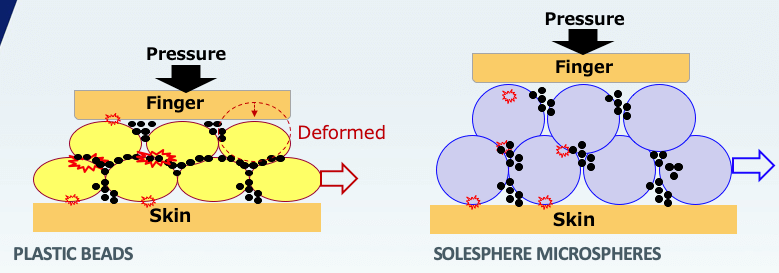
3. Absorb oil, perspiration and sebum
Oil, perspiration, and sebum secretions are the enemies of cosmetics because they cause shiny spots on the skin and deteriorate cosmetics. That’s because sebum reduces light reflection which leads to glossier skin. Too much sebum also causes makeup to collapse.
Silica can help preserve foundation and other makeup products as particles capture sebum and oil in their pores. The larger the pores of the silica, the more these elements are absorbed.
SOLESPHERE silica have a high pore volume for maximum absorption to prevent shine and help makeup last longer. When compared with plastic beads, microspherical silica is better at preventing the formation of shiny spots. The graph below shows the results of a sebum absorption test with a glossmeter in showcasing how SOLESPHERE silica grades H-121 and H-53 better prevent shiny spots from forming vs. plastic beads.
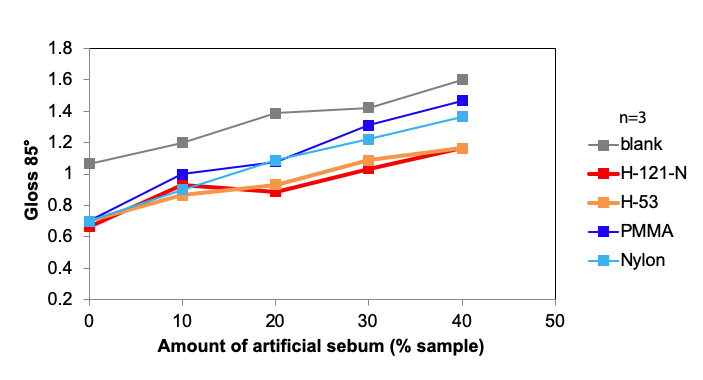
4. Hide wrinkles and skin imperfections
Adding fine silica microspheres to cosmetic formulations is a cost-effective way to achieve a soft-focus effect that hides wrinkles and skin imperfections. This is because the particles are covered with pores, which scatter the light that hits them. The smaller the particle size, the higher the porosity. And the more spherical the shape, the greater the matte and blurring effect. In addition, high light transmittance and high gaze cause the most effective wrinkle-concealing effect.
5. Add a scrub/exfoliant effect or encapsulate fragrances
SOLESPHERE silica microspherical particles can provide the abrasion needed to remove dirt when added to formulations like body washes and cream cleansers. Silica scrubs work as effectively as plastic beads, but are safe for the environment and won’t harm the human body. Silica particles can also absorb fragrances and release them later with use. In the same way they capture sebum in their pores, they can capture fragrances and other formulation enhancers.

Applications for silica microspheres
- Skincare
- Makeup foundation
- Lipstick
- Mascara
- Sunscreen
- Body wash
- Deodorant
- Cream cleanser
- Body scrub
Silica microspheres are an ideal addition to many formulations. They improve slip, reduce the oily feel of products, and help improve the appearance of the skin by diffusing light for a real-life airbrushing effect. When used in cream cosmetics and oil serums, they impart a luxurious dry-touch finish.
In addition, fine silica can help formulators achieve both SPF and good frictional properties in sunscreens, BB creams, and cosmetics. The high load of UV absorbers such as methylphenyl methoxycinnamate typically causes high stickiness.
SOLESPHERE microspherical silica can moderate this stickiness by imparting high slipperiness and smoothness properties into both oil- and water-based formulations. Silica is available in many different particle sizes, surface areas, and pore volumes to impart the desired mix of performance qualities into formulations.
Disclaimer: The content on this page is shared with permission from our partner under our distribution agreement. This material is intended solely for educational and informational purposes for our customers. All rights to the original content are owned by the respective partner, and no part of this material may be reproduced or distributed without express permission from the copyright holder. For more information, please visit the original source here.



